Mandarin Essential Oil
Citrus reticulata
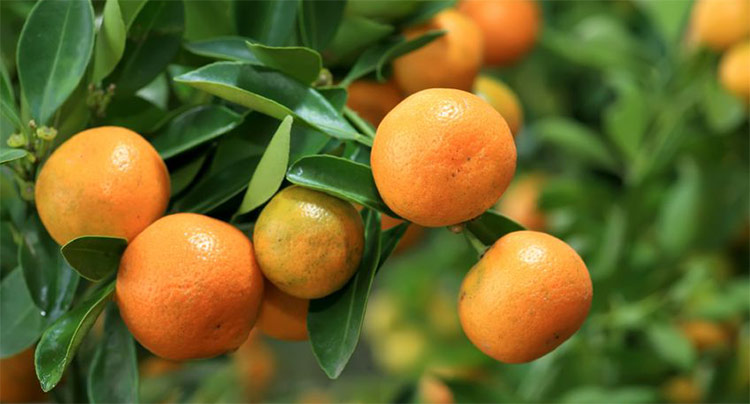
Description
Mandarin Essential Oil is an aromatically bright, citrusy essential oil. You will often see Red Mandarin, Green Mandarin and Yellow Mandarin Essential Oils available. The country of origin typically is Italy and sometimes also Brazil.
Red Mandarin Essential Oil
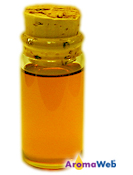
Red Mandarin Essential Oil is the sweetest smelling of the mandarin oils. It is typically cold pressed from the rinds of ripe mandarins. Just as its name indicates, the color of the essential oil is reddish in hue. If you want the aromatically sweetest mandarin essential oil, this likely will be the type of mandarin oil that you will like best.
Yellow Mandarin Essential Oil
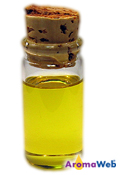
Yellow Mandarin Essential Oil is not as commonly available as Red Mandarin or Green Mandarin Essential Oils. As you would imagine, it's not as sweet as Red Mandarin and not as tart as Green Mandarin. Yellow Mandarin Oil is typically cold pressed from the peels of mandarins that have not fully ripened. The oil color does lean towards yellow in hue. Yellow Mandarin Essential Oil has a beautifully complex aroma that captures the nuances of its green and red mandarin counterparts.
Green Mandarin Essential Oil
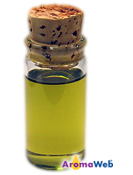
Green Mandarin Essential Oil is generally cold pressed from the rinds of unripe mandarins. The rinds are green in color and result in an essential oil that has a somewhat olive green hue. The aroma of Green Mandarin Essential Oil is distinctively that of mandarin, but it is more tart than either its yellow or red counterparts.
General Background of Red, Yellow and Green Mandarin Essential Oils
Of all the citrus essential oils, Mandarin Essential Oil is often thought to have the sweetest aroma, and it tends to be less stimulating than most other citrus oils with the exception of Bergamot Essential Oil. Although it's not typically found to be as stimulating, Mandarin Oil can be a wonderfully uplifting oil.
Aromatically, Mandarin Essential Oil blends well with many other essential oils including citrus, floral, wood, spice and herb families of oils.
Red Mandarin Essential Oil tends to be a favorite of children. If desiring to diffuse a citrus oil in the evenings before bed, Red Mandarin Essential Oil may be the best choice.
Mandarin Essential Oil is not phototoxic according to Essential Oil Safety edition 2 (see below).
Mandarin Essential Oil Benefits and Uses
- Acne
- Dull Skin
- Insomnia
- Oily Skin
- Scars
- Spots
- Stress
- Wrinkles
Source: Julia Lawless, The Encyclopedia of Essential Oils (Updated Edition) (London: Harper Thorsons, 2014), 131.
Botanical Name
Plant Family
Common Method of Extraction
Cold Pressed/Expressed
Plant Part Typically Used
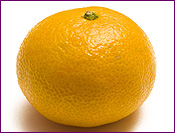
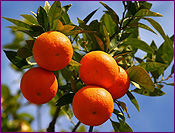
Color
The color of Mandarin Essential Oil can be more red, yellow or green depending on the ripeness of the rinds being cold pressed. See the Red, Yellow and Green Mandarin sections above for more information.
Consistency
Thin
Perfumery Note
Top
Strength of Initial Aroma
Medium
Aromatic Description
Mandarin Essential Oil smells sweet and citrusy. Red Mandarin Essential Oil is the sweetest of the mandarin essential oils. Green Mandarin Essential Oil is the most tart in aroma because it is cold pressed from unripened mandarin rinds. Yellow Mandarin Essential Oil features a semi-sweet and semi-tart aroma.
Major Constituents
I have studied numerous Mandarin GC/MS analysis reports with a focus upon comparing the key components of Red, Yellow and Green Mandarin Essential Oils per ISO standard 3528. In comparing the key components, I do not specifically see any significant difference regarding the constitute ranges between Red, Yellow and Green Mandarin essential oils. For example, the Limonene range that I'm observing on GC/MS reports, indicates an average Limonene composition of approximately 70% for Green Mandarin Essential Oil, 71% for Yellow Mandarin Essential Oil and 72% for Red Mandarin Essential Oil.
- A-Sinensal
- Dimethyl anthranilate
- Decanal
- Linalool
- Limonene
- Gamma-Terpinene
- Octanal
- Myrcene
- B-Pinene
- a-Pinene
Source: ISO 3528:2012
Mandarin Essential Oil Safety Information
Robert Tisserand and Rodney Young recommend careful storage and avoiding use of oxidized Mandarin Oil to prevent skin sensitization. Tisserand and Young confirm that Mandarin Oil is not phototoxic. However, Mandarin Petitgrain Oil from the leaves of Citrus reticulata is phototoxic. Reading Tisserand and Young's full profile is recommended. [Robert Tisserand and Rodney Young, Essential Oil Safety (Second Edition. United Kingdom: Churchill Livingstone Elsevier, 2014), 87,343.]
General Safety Information
Do not take any oils internally and do not apply undiluted essential oils, absolutes, CO2s or other concentrated essences onto the skin without advanced essential oil knowledge or consultation from a qualified aromatherapy practitioner. For general dilution information, read AromaWeb's Guide to Diluting Essential Oils. If you are pregnant, epileptic, have liver damage, have cancer, or have any other medical problem, use oils only under the proper guidance of a qualified aromatherapy practitioner. Use extreme caution when using oils with children and be sure to first read the recommended dilution ratios for children. Consult a qualified aromatherapy practitioner before using oils with children, the elderly, if you have medical issues or are taking medications. Before using this or any essential oil, carefully read AromaWeb's Essential Oil Safety Information page. For in-depth information on oil safety issues, read Essential Oil Safety by Robert Tisserand and Rodney Young.
Shelf Life
Important Information About the Profiles
The essential oil information provided on AromaWeb is intended for basic educational purposes only. The references to safety information, test results, constituents and percentages is generalized information. Essential oils can vary greatly in composition. The data is not necessary complete and is not guaranteed to be accurate. The essential oil photos are intended to represent the typical and approximate color of each essential oil. However, essential oil composition and color can vary based on harvesting, distillation, age of the essential oil and other factors. Profiles for several CO2 Extracts and absolutes are included within the directory, and are denoted as such.
